Welcome to our blog ‘Secrets of Angkor Wat.’ These are the most iconic temples around the world. It is mainly popular for its grand scale and breathtaking structure. However, there is a lot of hidden information about the Angkor Wat temple that pilgrims are often interested in checking, offering more desire for this wonder of the world.
Rooted in the deepest forest of Cambodia lies a sprawling complex of ancient temples. Angkor Wat stands as a testament to the ingenuity, craftsmanship, and religious devotion of the Khmer empire. It is one of the most magnificent structural wonders of the world and beckons visitors from all over the world to reveal its secrets.
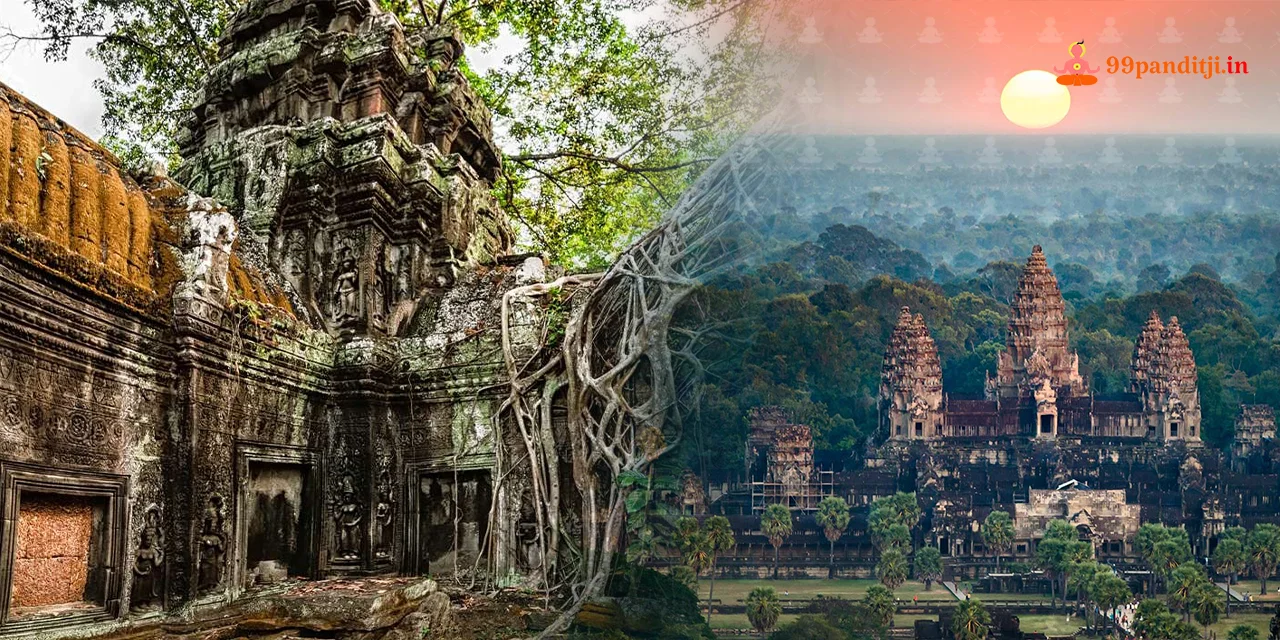
Join us on the journey to discover the rich history, cultural significance, and awe-motivating majesty of this iconic UNESCO World Heritage site.
History of Angkor Wat
Developed in the early 12th century by King Suryavarman II, Angkor Wat was initially considered a Hindu temple devoted to Lord Vishnu. Later, it was converted into a Buddhist temple premise. Traversing across 162.6 hectares, the temple is the greatest religious monument in the world and includes a huge network of complex carved temples, shrines, and reservoirs. It was once created as the heart of the Khmer Empire’s capital city.
Architectural Marvels
The heart of Angkor Wat relies on its iconic central temple, a masterpiece of Khmer architecture and design. The temple’s surroundings cover a vast moat and are accessed through a series of grand causeways and monumental gateways. Every monument is adorned with detailed bas-reliefs and amazing scenes from Hindu mythology and Khmer history. The central temple itself grows majestically into the sky, with five lotus-designed towers showing Mount Meru, the cosmic center of the universe in Hindu cosmology.
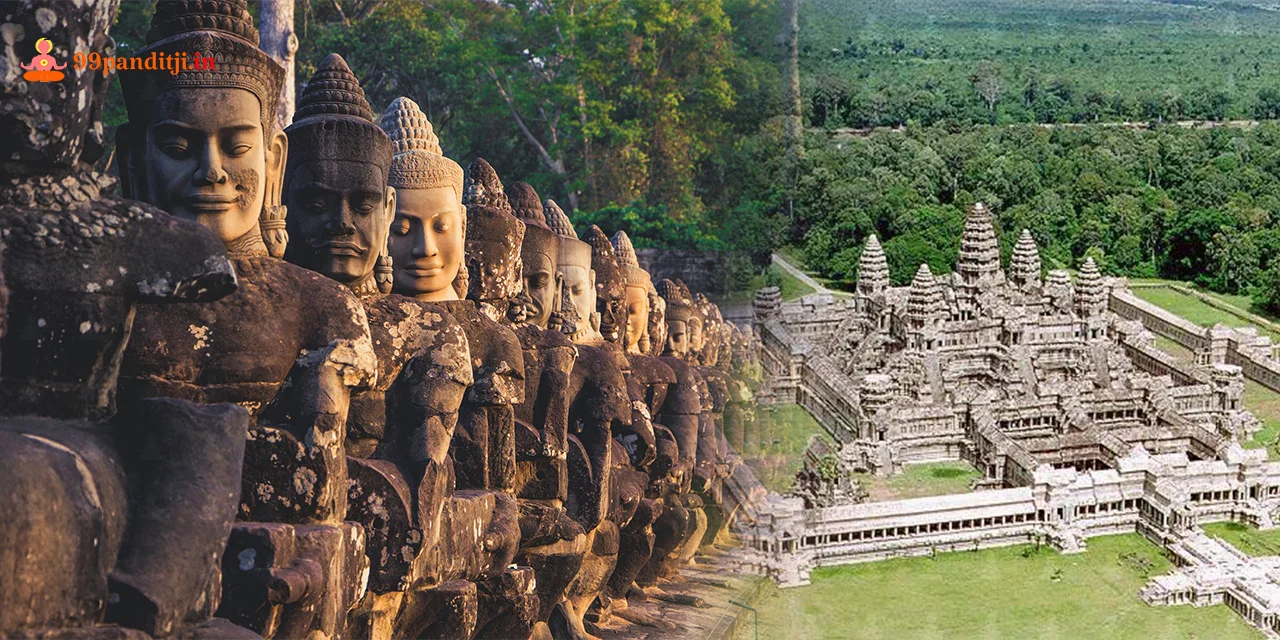
Interesting Facts of Angkor Wat
Every statue’s face is unique.
Whenever you plan to explore Angkor Wat, check out the countless statues, mainly those of Avalokiteshvara, Buddha’s compassion. The faces of every monument are unique, with little difference in expression and features. These are thought to be the faces designed after King Jayavarman VII, who created Angkor Wat. It gives the temple a deeply personal and royal engagement.
Earlier, it wasn’t a Buddhist temple.
Currently, Angkor Wat is a Buddhist temple that was initially dedicated to the Hindu lord Vishnu. When Cambodia’s religious landscape shifted with time, so did Angkor Wat. The combination of Hindu and Buddhist representation in the temple’s crafting and architecture is a testament to its long and diverse history. It makes Angkor Wat’s history a rare and remarkable blend of two great religions.
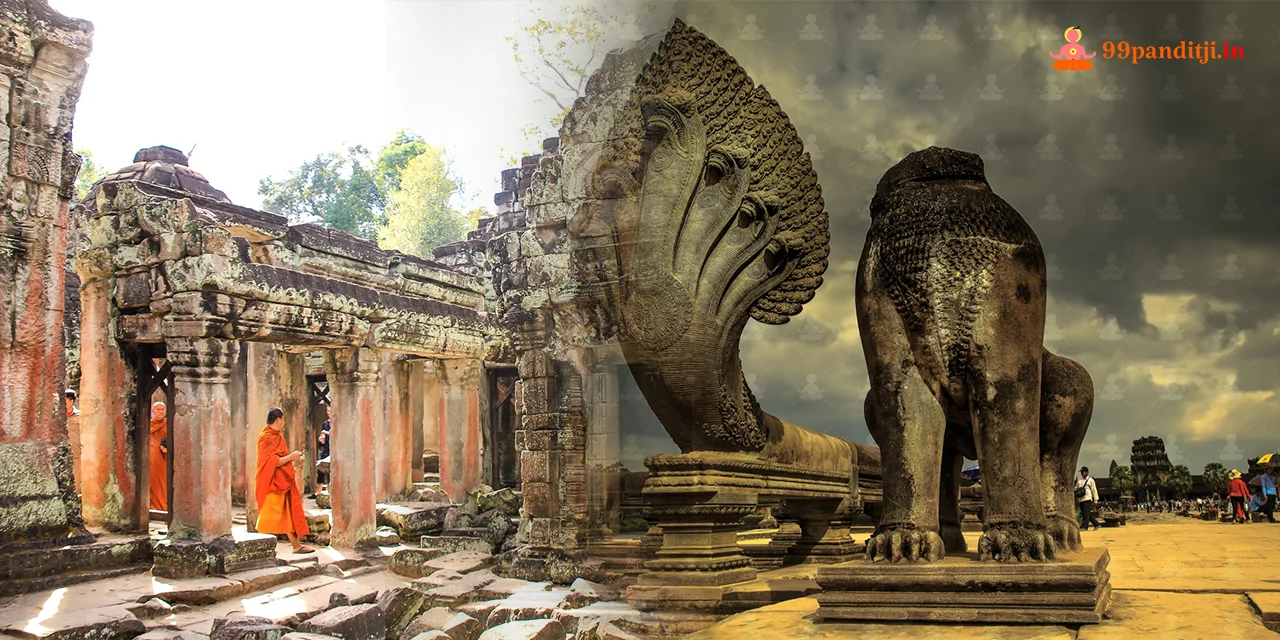
An ancient city beneath the surface
Incredible new findings using lidar technology have shown the ruins of a hidden ancient city under the jungle surrounding Angkor Wat complex. This discovery reveals that Angkor Wat is not only an isolated temple but also the heart of a thriving city with complicated infrastructure.
The temple was built with recycled materials.
Angkor Wat temple was created using ancient Khmer structures and recycled materials from even older architecture. The method of reusing materials depicts the resourcefulness of Khmer culture and their strong respect for the past.
Secret of bas-reliefs
The intricately crafted bas-relief at Angkor Wat shows popular Hindu and historical scenes, but few carvings involve animals not born in Cambodia, such as horses and lions. The details show that the Khmer Empire had vast cultural conversations with distant lands.
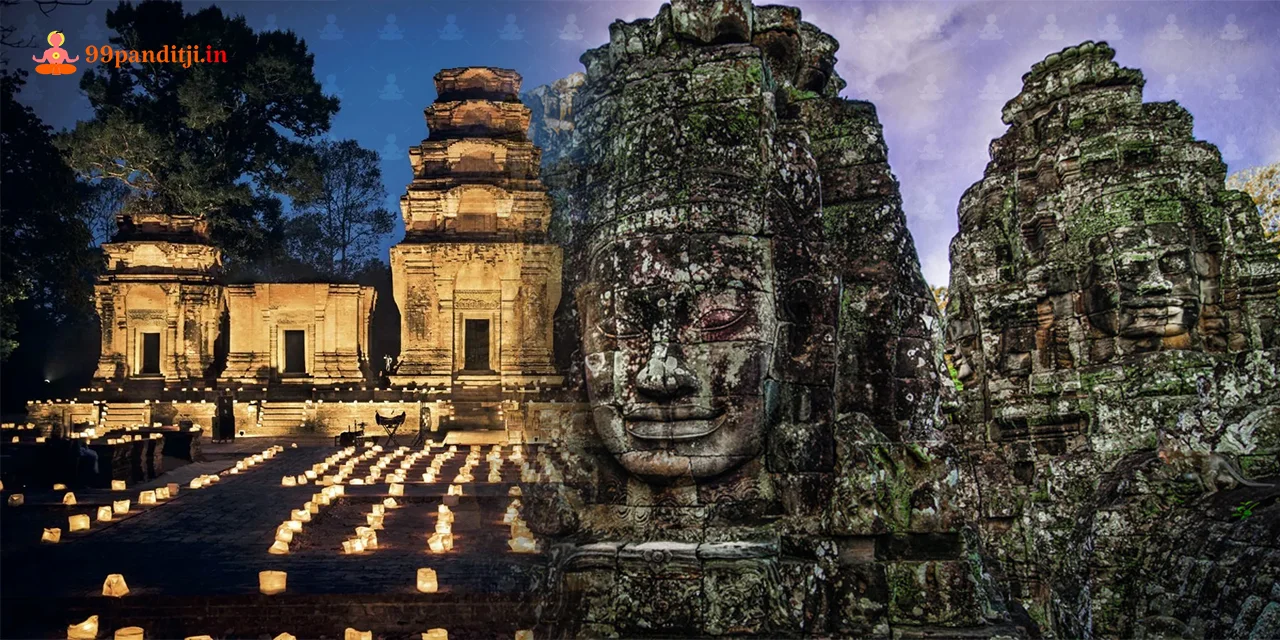
Religious Significance of Angkor Wat Temple
As a hallowed pilgrimage site and place of devotion for generations, Angkor Wat is highly significant to both Hindus and Buddhists. It offers a peaceful haven for introspection and spiritual contemplation with its elaborate carvings, tall spires, and placid courtyards. Some academics have conjectured about the temple’s astrological significance and celestial links because of its alignment with the sun’s rise and set during the equinoxes.
Tips to Consider While Visiting Angkor Wat
Consider these points if you’re planning to explore Angkor Wat:
- The queue for receiving a ticket for a single day at temple heritage sites is comparatively smaller than buying a ticket for many days.
- At Angkor Wat, you do not have to buy tickets for kids under 12, but please get a copy of the kid’s passport to show the date of birth on the counter and other locations inside the temple.
- In the Angkor heritage place, you will see many hawkers. Stay away from them selling products outside the entry gate of this structural marvel if you don’t want to buy anything. Also, you can get something in the night market.
- There are sufficient places for lunch and enjoying snacks.
- Keep yourself hydrated while roaming around the Angkor heritage site.
- Wear comfortable clothes and shoes to walk easily during the visit to the temple.
- Begging the day earliest to help you a lot at the Angkor wat heritage site. When the sun goes up, it makes you more exhausted.
Khmer’s Empire Golden Age: Rise and Expansion
The timeline of the Khmer Empire shows how humans can think big and obtain great things. From 802 CE to 1431, the empire started to grow and shine brightly. It was the best time from the 11th century to the 13th century. Jayavarman II initiated the Angkor civilization in 802. He was the ruler of Funan. It started as a great empire.
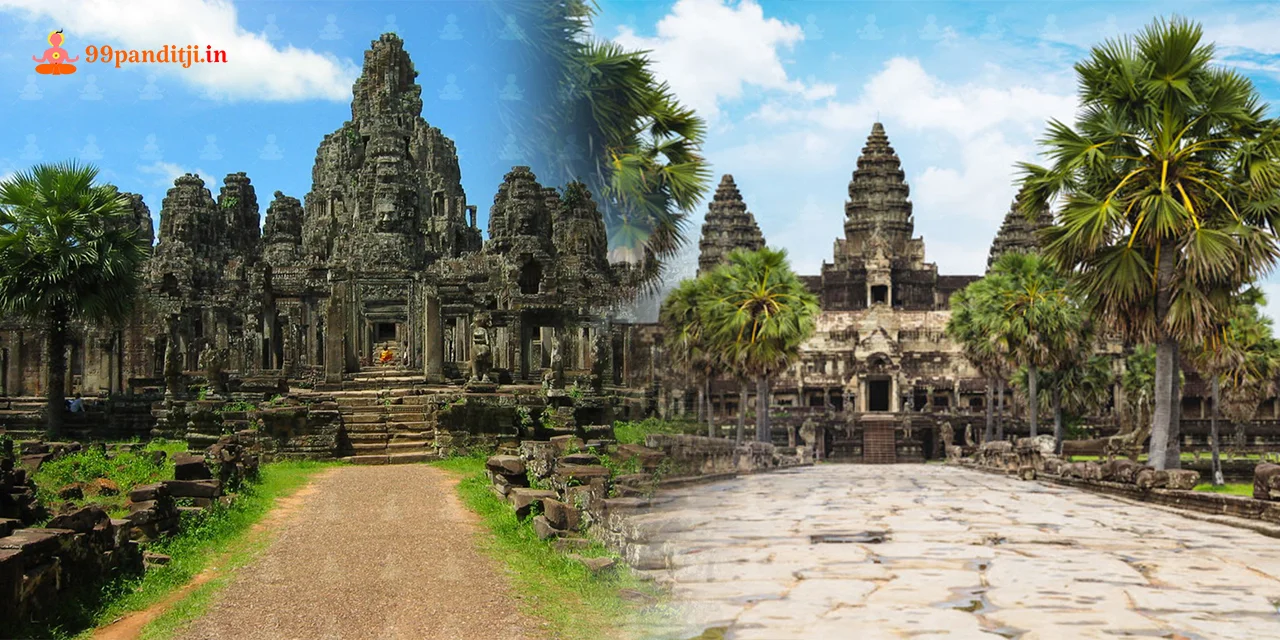
Indravarman I, from 877 to 890, developed the Bakong temple. It was the first big stone temple in Cambodia. Yasovarman I, from 890 to 910, created Angko, the center of Khmer life. It became a big city, the same as other big cities. It developed a thousand years ago.
Suryavarman II, around 1113, created an empire as large as it could be. He took parts of Laos and Thailand and started making Angkor Wat the most popular Khmer temple. Jayavarman II, from 1181 to 1220, also extensively took the empire.
He built the empire bigger, and a lot; he made the Bayon temple and 102 hospitals around the kingdom. Being its biggest, the empire was huge, including 1,000,000 square km. Hence, he traveled from the Indian Ocean to China’s Yunnan province. It includes civilization’s work that still motivates us today.
Angkor Wat Timeline: From Glory to Abandonment
Let’s check the history of Angkor Wat together. The amazing place has many changes, from its bright start to leaving something behind.
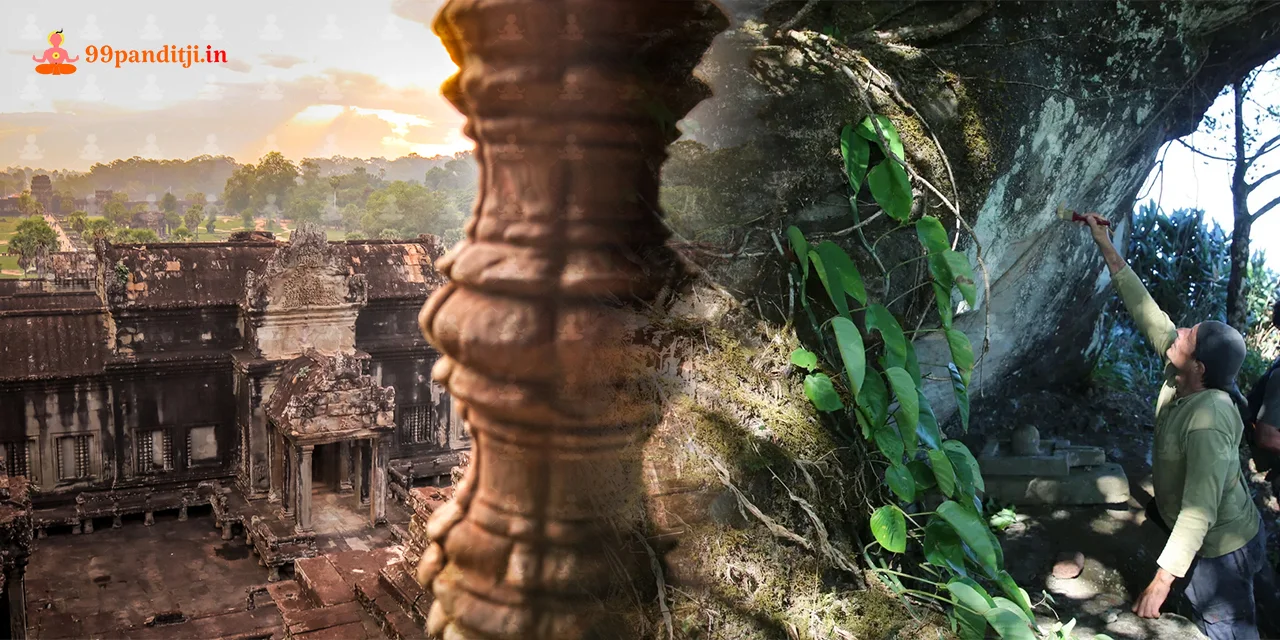
The temple’s walls were around half a mile long on every side. It was the right time for the Khmer temple. Angkor was the largest temple before the Industrial Revolution.
Gradual Decline
From the 13th to 15th centuries, the empire began to decline. It was because of political issues, environmental changes, and trade changes. However, Angkor Wat remained a key significant place. It transformed from a Hindu to a Buddhist place.
Abandonment and Jungle Reclamation
Since the 16th century, people have dropped Angkor Wat. The city moved, and the temple failed. For years, it was covered in jungle. Its beauty was hidden.
Conclusion
In addition to being a historical event, the fall of Angkor Wat also teaches us important lessons about climate change, water management, cultural diversity, and resilience. We can apply the lessons learned from Angkor Wat’s successes and setbacks to our present and future circumstances.
Regarding Angkor Wat and its society, there are still a lot of unanswered concerns. We hope that reading this post has piqued your curiosity and interest in finding out more about this intriguing subject. Additionally, we hope that this essay has encouraged you to travel to Angkor Wat and take in its wonder and beauty for yourself. Angkor Wat is a living legacy of the present as well as a monument to the past.
Frequently Asked Questions
Angkor Wat is a sacred temple premise established in Cambodia, mainly in the city of Siem Reap. It is one of the most auspicious temples located in southeast Asia and a UNESCO heritage site.
The right time to travel to Angkor Wat during the dry season is between November and March. During such times, weather conditions are pleasant, and chances of rain are low. Hence, be ready for a large crowd. If you advise fewer tourists, make sure to visit from April to May and September to October.
There are other places near Angkor Wat, such as the Angkor Archaeological part, Bayon temple, Ta Prohn, Banteay Srei, etc. Do not skip exploring these places of attraction as well.
Siem Reap International Airport is nearest and is well-connected to many international destinations. You can book a tuk-tuk or taxi or arrange transportation from there to reach your hotel. Angkor wat is about 6 km away.
Developed in the early 12th century by King Suryavarman II, Angkor Wat was initially considered a Hindu temple devoted to Lord Vishnu.

